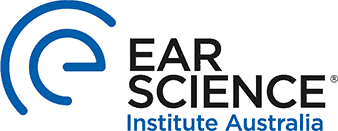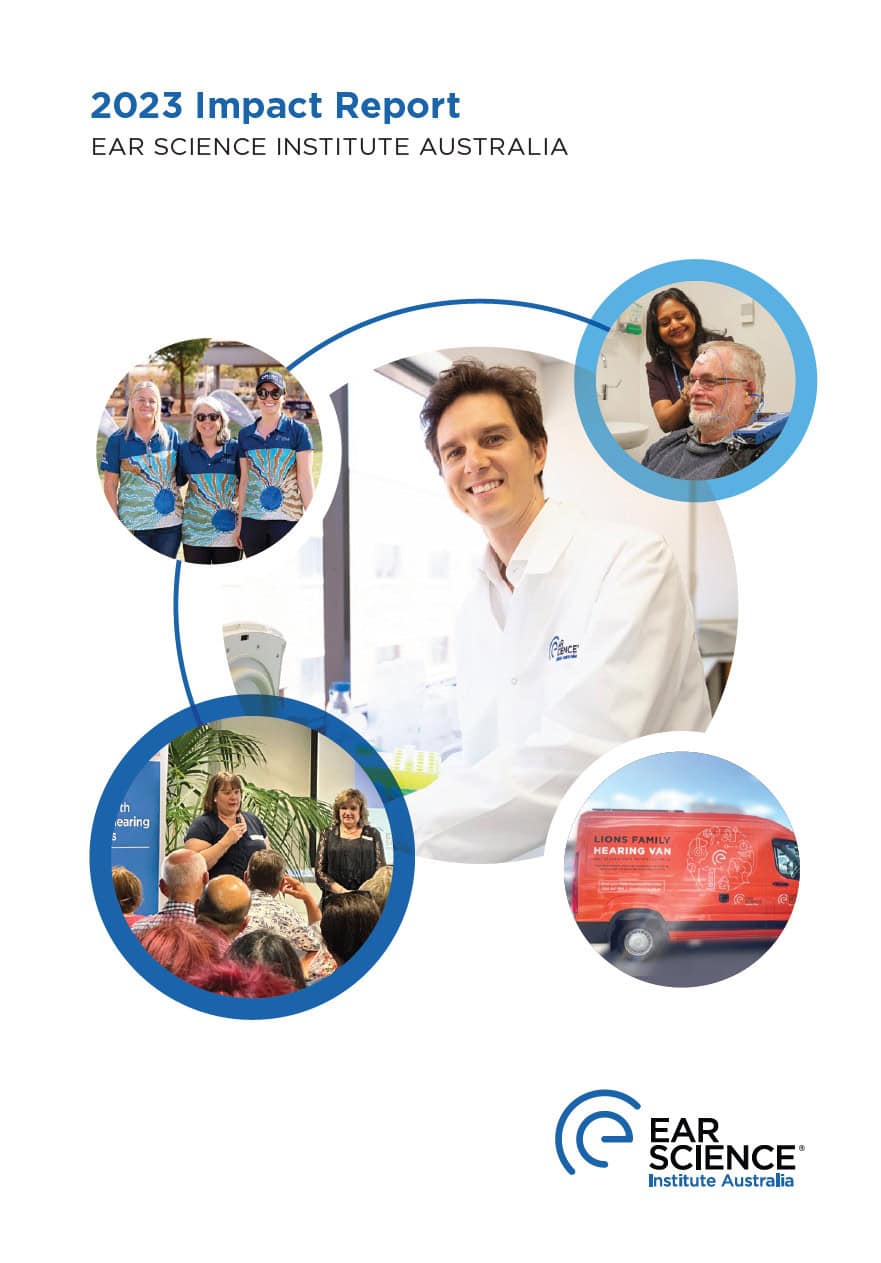Can you imagine a cure for hearing loss?
We can too.
Ear Science Institute Australia is dedicated to helping people with ear and hearing disorders through research, education, prevention and treatment.
Ear Science Institute Australia was established in 2001 as an independent not-for-profit Research Institute, dedicated to improving the lives of people with ear and hearing disorders, through patient-driven research, education and treatment.
In 2019, the Institute’s global excellence in research and clinical services was recognised by the World Health Organization. Ear Science now acts as a world Collaborating Centre for Ear and Hearing Care.
With 1 in 6 Australians suffering from hearing loss, our multi-disciplinary team works to improve the lives of those with hearing impairment and reconnect them with their world.
The impact of hearing loss is often hidden, but there are many links between hearing and our health. Hearing loss affects people of all ages, however, the prevalence of hearing loss in the Australian population starts to rise significantly from around 50 years of age.
Hearing loss greatly impacts a person’s quality of life, it compromises a person’s ability to communicate and causes social and emotional distress with up to 50% of adults with hearing loss reporting feelings of isolation, loneliness, anxiety or depression. Ear Science works to alleviate these impacts.
The proven links between hearing loss, dementia and mental health highlight the need for early detection, treatment and a proactive approach to protecting our precious sense of hearing and preventing vulnerability in our ageing population.
Our vision is to grow our research team and translate our research into treatments, to stave off dementia and ensure resilience against the effects of ageing.
As a centre of excellence, Ear Science Institute Australia brings together a multi-disciplinary team of the brightest minds from across the globe. The Ear Science team includes experts from otolaryngology, audiology, engineering, computer science, molecular and cellular sciences, all working to develop effective treatments for ear and hearing disorders, and eventually to find a cure for hearing loss.
We pride ourselves on collaborating with health and educational organisations from across the globe, placing great importance on joint ventures and collaboration, to achieve our ultimate goal, a future without hearing loss.

